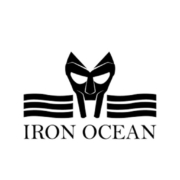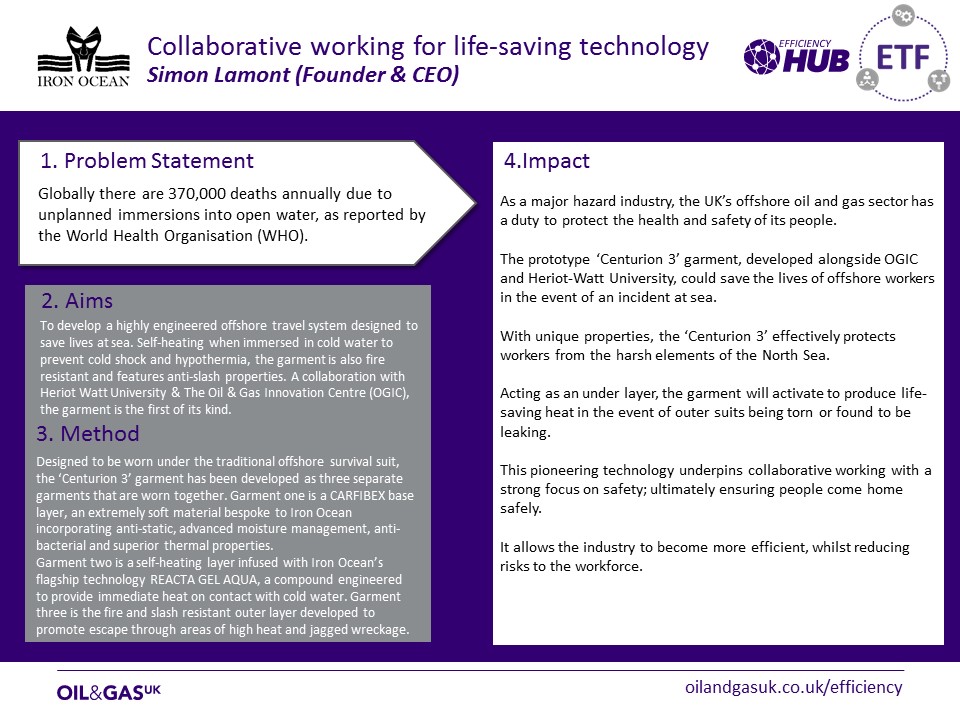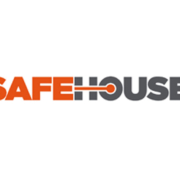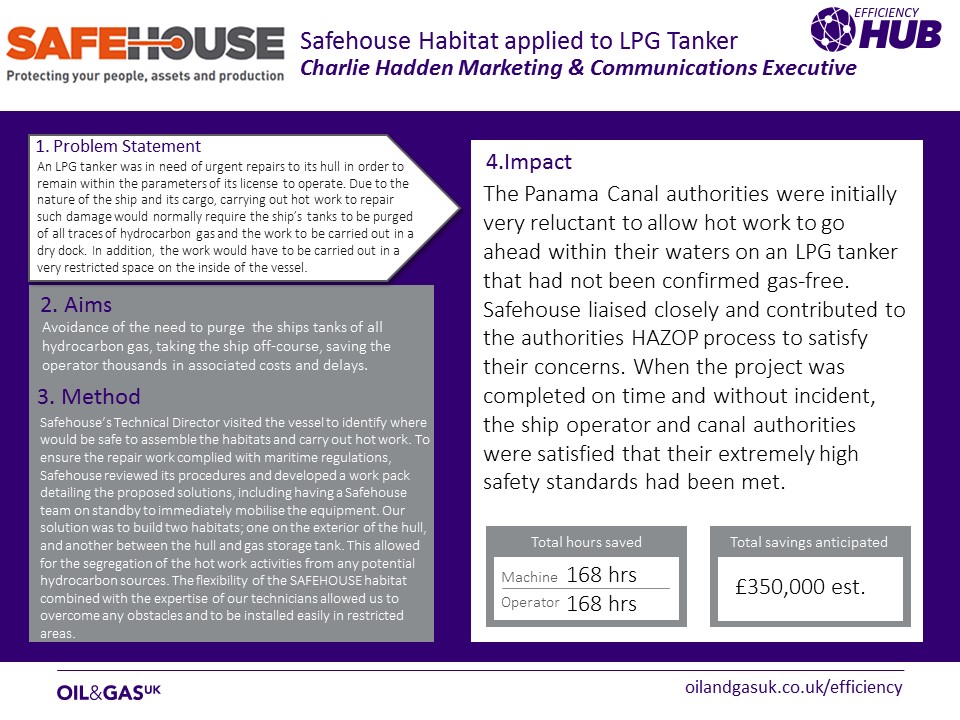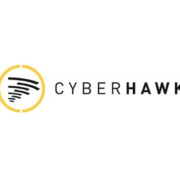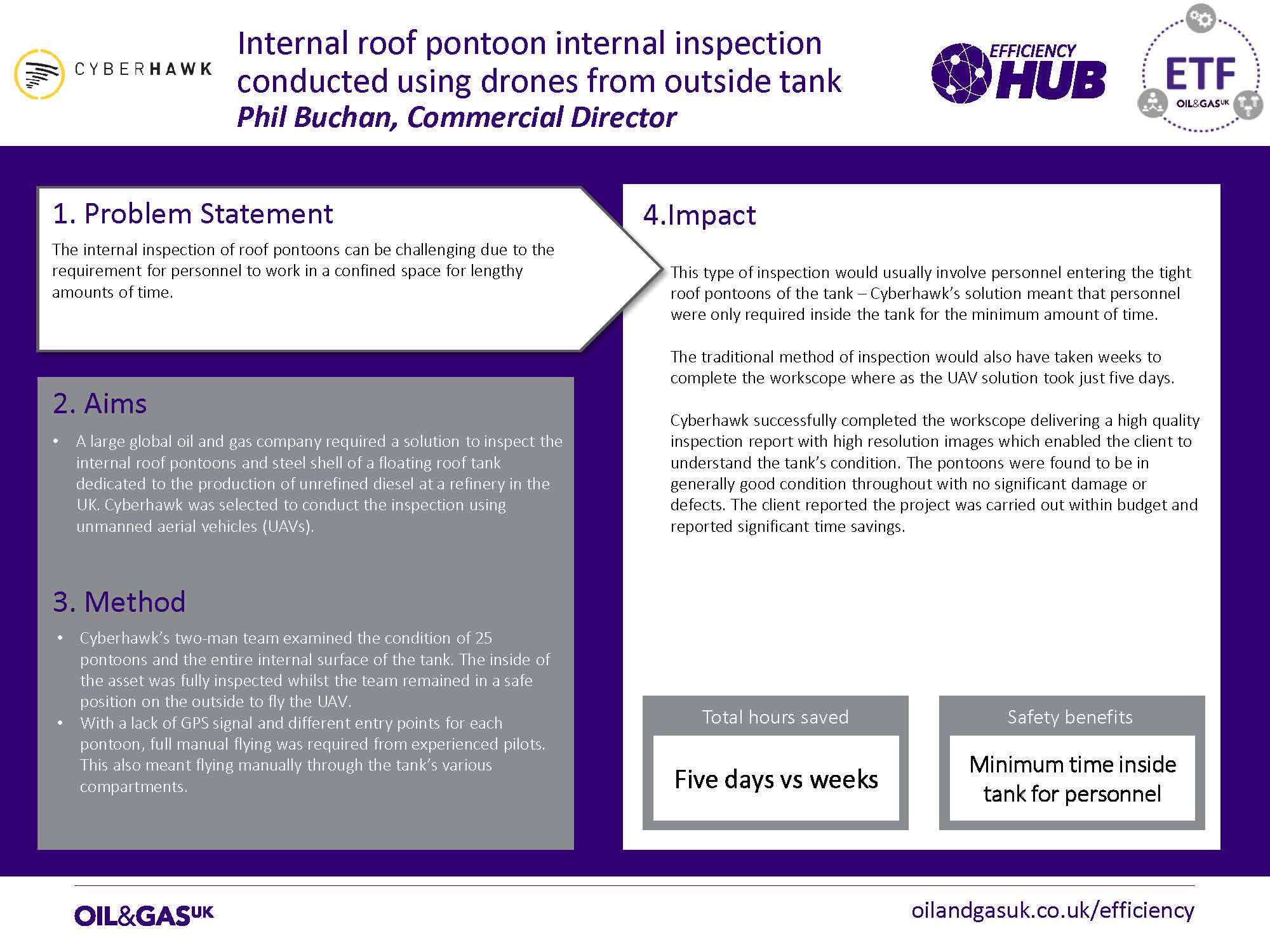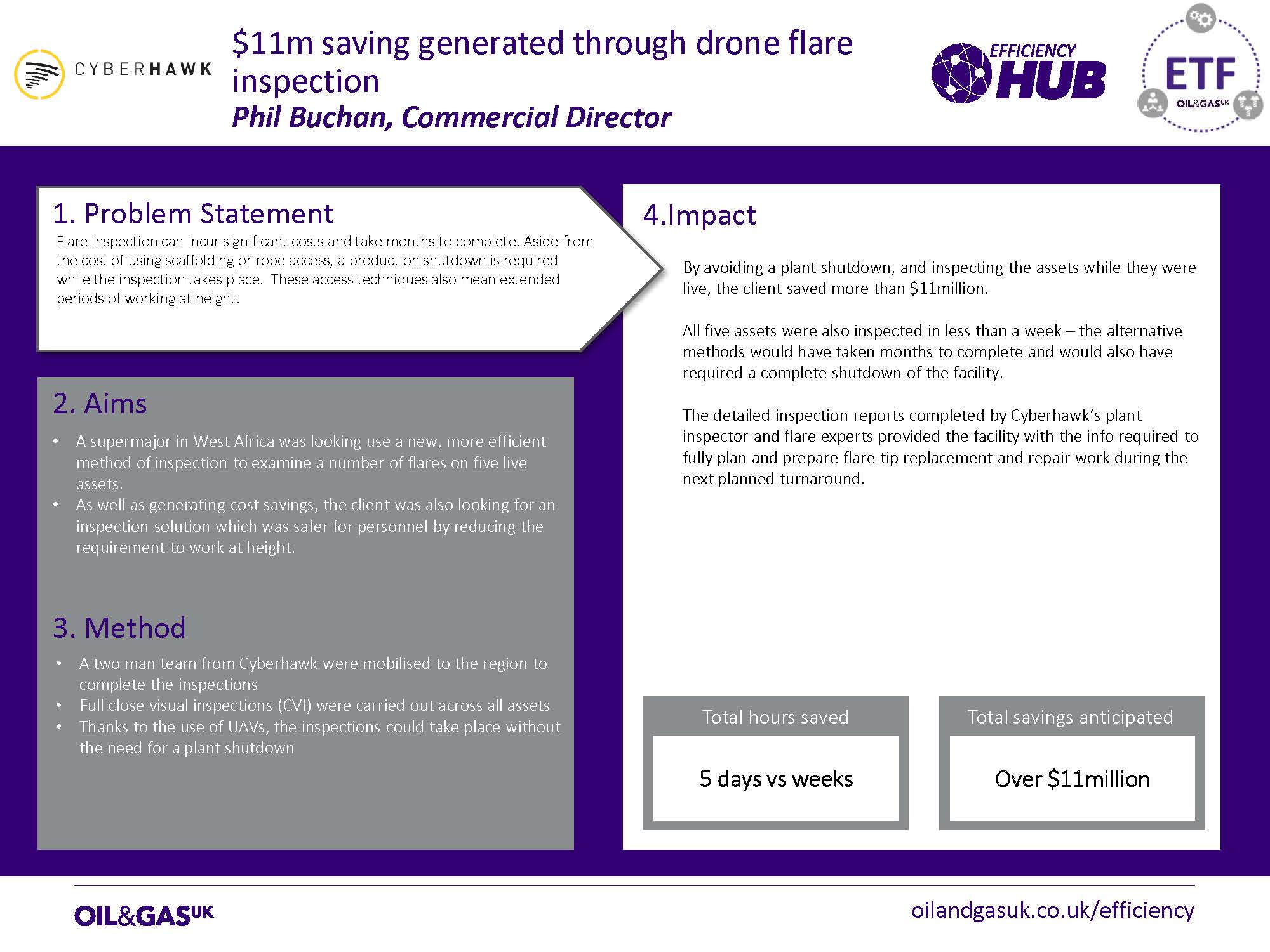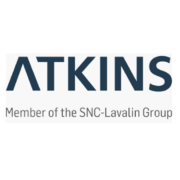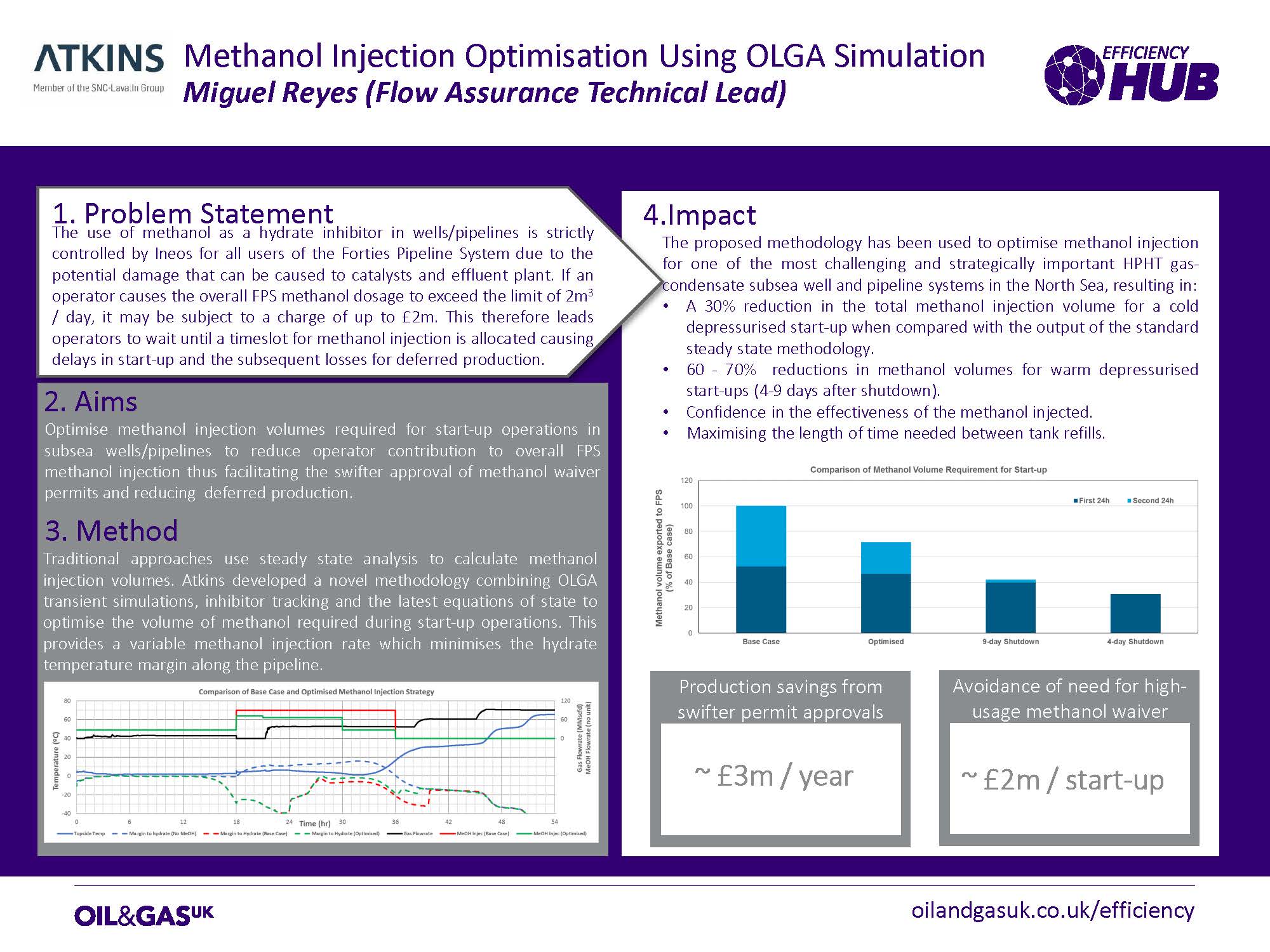Iron Ocean/OGIC – Collaborative working for life-saving technology
Problem Statement
Globally there are 370,000 deaths annually due to unplanned immersions into open water, as reported by the World Health Organisation (WHO).
Aims
To develop a highly engineered offshore travel system designed to save lives at sea. Self-heating when immersed in cold water to prevent cold shock and hypothermia, the garment is also fire resistant and features anti-slash properties. A collaboration with Heriot Watt University & The Oil & Gas Innovation Centre (OGIC), the garment is the first of its kind.
Method
Designed to be worn under the traditional offshore survival suit, the ‘Centurion 3’ garment has been developed as three separate garments that are worn together. Garment one is a CARFIBEX base layer, an extremely soft material bespoke to Iron Ocean incorporating anti-static, advanced moisture management, anti-bacterial and superior thermal properties.
Garment two is a self-heating layer infused with Iron Ocean’s flagship technology REACTA GEL AQUA, a compound engineered to provide immediate heat on contact with cold water. Garment three is the fire and slash resistant outer layer developed to promote escape through areas of high heat and jagged wreckage.
Impact
As a major hazard industry, the UK’s offshore oil and gas sector has a duty to protect the health and safety of its people.
The prototype ‘Centurion 3’ garment, developed alongside OGIC and Heriot-Watt University, could save the lives of offshore workers in the event of an incident at sea.
With unique properties, the ‘Centurion 3’ effectively protects workers from the harsh elements of the North Sea.
Acting as an under layer, the garment will activate to produce life-saving heat in the event of outer suits being torn or found to be leaking.
This pioneering technology underpins collaborative working with a strong focus on safety; ultimately ensuring people come home safely.
It allows the industry to become more efficient, whilst reducing risks to the workforce.
Click on the image above to download the case study.

